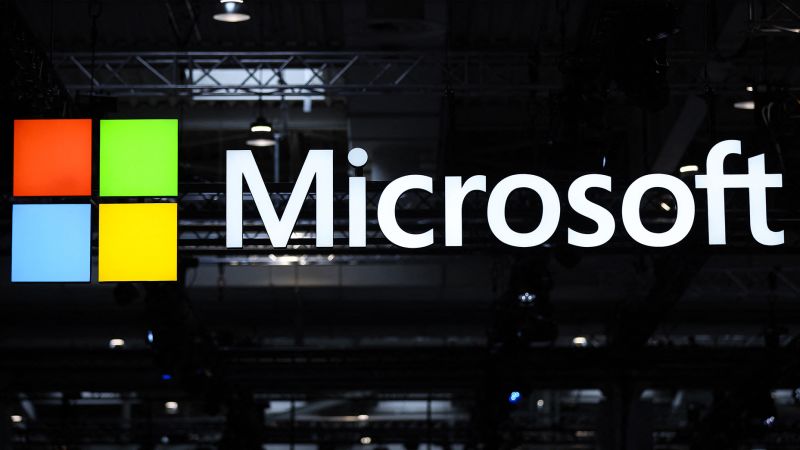Microsoft has recently raised alarms regarding “active attacks” targeting server software utilized by various government agencies and businesses for document sharing within organizations. This announcement has come amid concerns about cybersecurity, with the tech giant urging immediate application of security updates to mitigate potential risks. The company’s proactive measures come amid rising threats in the digital landscape, which pose significant security challenges to organizations that rely on these platforms.
In a related statement, the Federal Bureau of Investigation (FBI) confirmed its awareness of these cyber-attacks and indicated that it is currently collaborating closely with federal agencies and private-sector partners to address the situation. However, the FBI refrained from divulging specific details about the nature of the attacks or the identity of the perpetrators. Such cooperation between government agencies and private sector entities is crucial, especially in instances of cybersecurity threats that not only affect individual organizations but can have broader implications for national security.
According to an alert issued by Microsoft on Saturday, the vulnerabilities in question are limited to SharePoint servers utilized within organizations. Notably, Microsoft confirmed that SharePoint Online, which operates through the Microsoft 365 cloud service, has not been compromised in these attacks. This distinction is critical as it highlights the ongoing challenges posed to organizations relying on local server setups as opposed to cloud-based solutions.
A Microsoft spokesperson emphasized the importance of collaboration in combating these threats, noting that the company has been working with various partners, including the Cybersecurity and Infrastructure Security Agency (CISA) and the Department of Defense (DOD) Cyber Defense Command. The spokesperson reiterated the urgency of installing the issued security updates, which are essential for organizations to bolster their defenses against these vulnerabilities.
The Washington Post, which was the first to report on these alarming hacks, indicated that unidentified actors managed to exploit vulnerabilities within a brief timeframe to launch attacks targeting both U.S. and international agencies, as well as various businesses. This incident underscores the real and present danger posed by cybercriminals who can manipulate intricate system architectures to gain unauthorized access.
Experts have dubbed this attack a “zero-day” exploit, as it leverages a previously unknown vulnerability within the software. Such vulnerabilities are particularly notorious because they can remain undetected until they are actively exploited, placing tens of thousands of servers at significant risk of compromise. Both organizational and governmental infrastructures could be severely impacted if these exploits are not adequately addressed.
Microsoft’s alert outlined the nature of the vulnerability, stating that it permits authorized attackers to execute network spoofing activities. This form of cyber attack allows malicious actors to impersonate trusted individuals or organizations, garnering unauthorized access to sensitive information. The implications of such a spoofing attack could extend to manipulating financial transactions or compromising government operations, making swift action imperative.
To counter these threats, Microsoft issued specific recommendations to prevent attackers from leveraging this vulnerability further. It is essential for organizations to heed these guidelines proactively to safeguard their systems against possible exploitation. Moreover, Microsoft has indicated that it is actively developing updates for older versions of SharePoint (2016 and 2019), demonstrating its commitment to protecting users of its software.
In cases where organizations are unable to immediately implement the recommended malware protections, Microsoft has advised that they should disconnect their servers from the internet as a precautionary measure until security updates can be introduced. This serves as a temporary but vital intervention, emphasizing the importance of integrating robust cybersecurity protocols to prevent unauthorized access and potential data breaches. Cybersecurity remains a top priority for organizations navigating an increasingly complex digital age.











